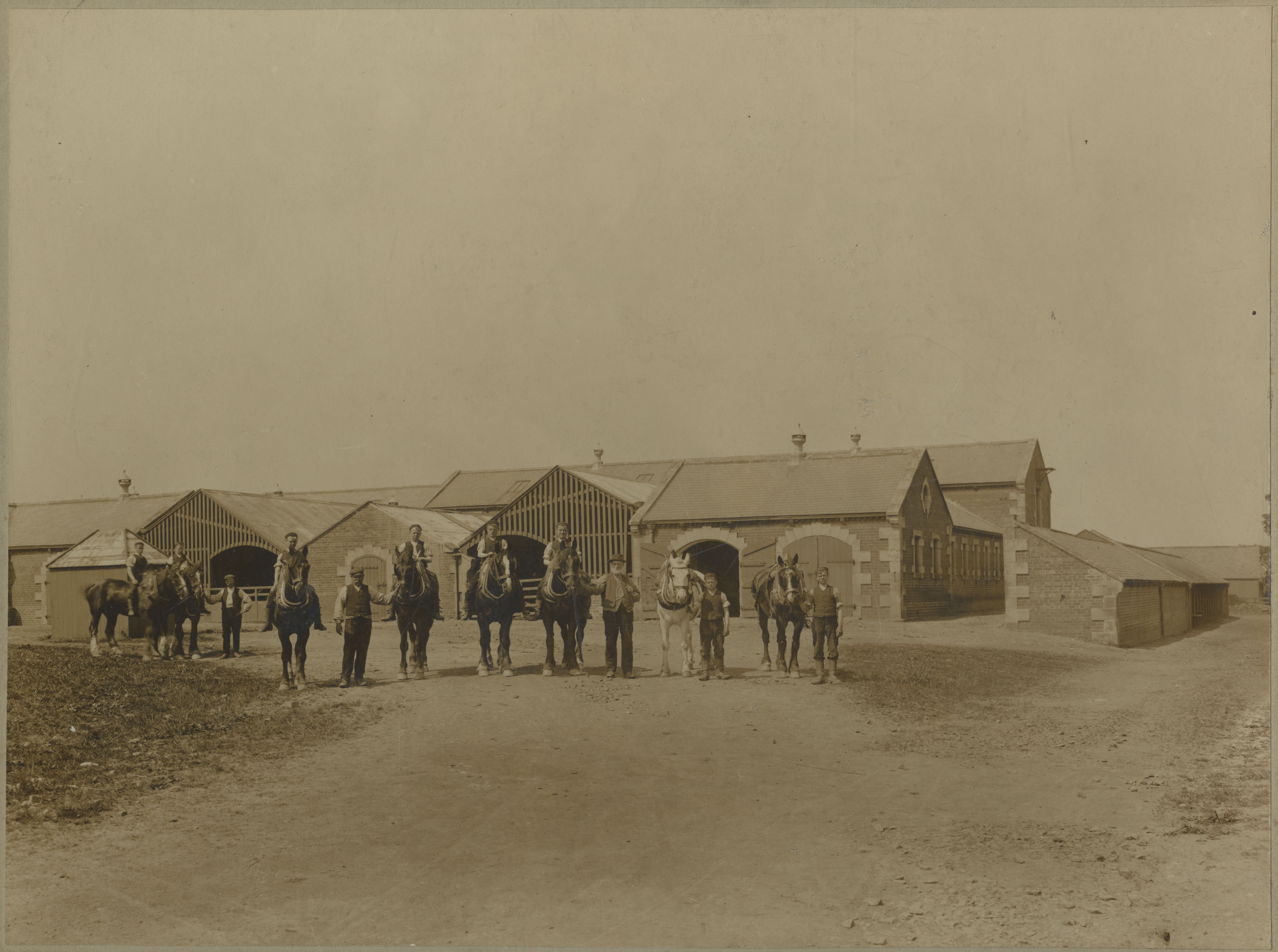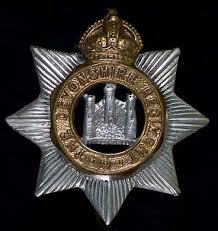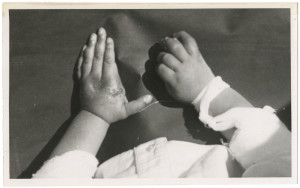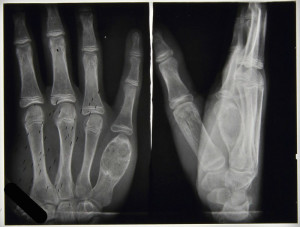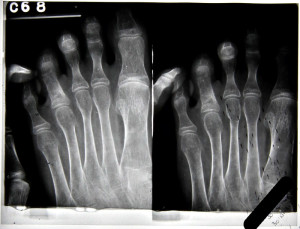Given the mostly glowing reports we’ve heard about life at the sanatorium from past patients from the 1930s & 1940s who recounted their experiences in a recent oral history project it is surprising to learn from some of the earlier written accounts that the sanatorium wasn’t always so perfect.
April 17th 1909
“I found the sanatorium in an unexpected condition, distinctly neglected, especially the kitchen, back kitchens, store cupboards & meat safe. The food almost unfit to eat, badly cooked & cold. In the last few weeks things have improved somewhat, especially the food. The cases in the sanatorium at present would seem to be improving – 9 in bed against 19 a few weeks ago.”
This report is seemingly made by one of the early matrons and her subsequent reports over the next few years begin to tell of satisfactory conditions. However, following the appointment of a new matron in 1912, the story again seems far from satisfactory.
April 1912
“On Tuesday March 26th I took up the duties of ‘matron’ in the sanatorium. Miss Linton, the acting matron, left the following morning. Acting on the advice of Dr Allison, I engaged a temporary sister & advertised for a permanent one. I secured the services of Nurse Batty from the Granville Nursing Home, who on April 6th accepted the appointment of sister to the sanatorium, at the salary of £40 per year. Sister has trained at the Royal Victoria Infirmary and is helping me in my endeavours to bring the sanatorium to a recognized hospital standard…
There having been no permanent head in the sanatorium since January, there was some little excuse for the condition of the place.
The nursing staff, the maids and the children were decidedly out of hand.
I have employed two maids to clean the sanatorium & request that I may keep one when the cleaning is finished, as the work in the kitchens & attics cannot be done with the present staff…
As regard the children (there are 59 patients in the sanatorium). They need to be taught sanatorium methods; as a beginning I have kept all the children in bed for a week until they show signs of gaining weight & of going quietly in everyway.”
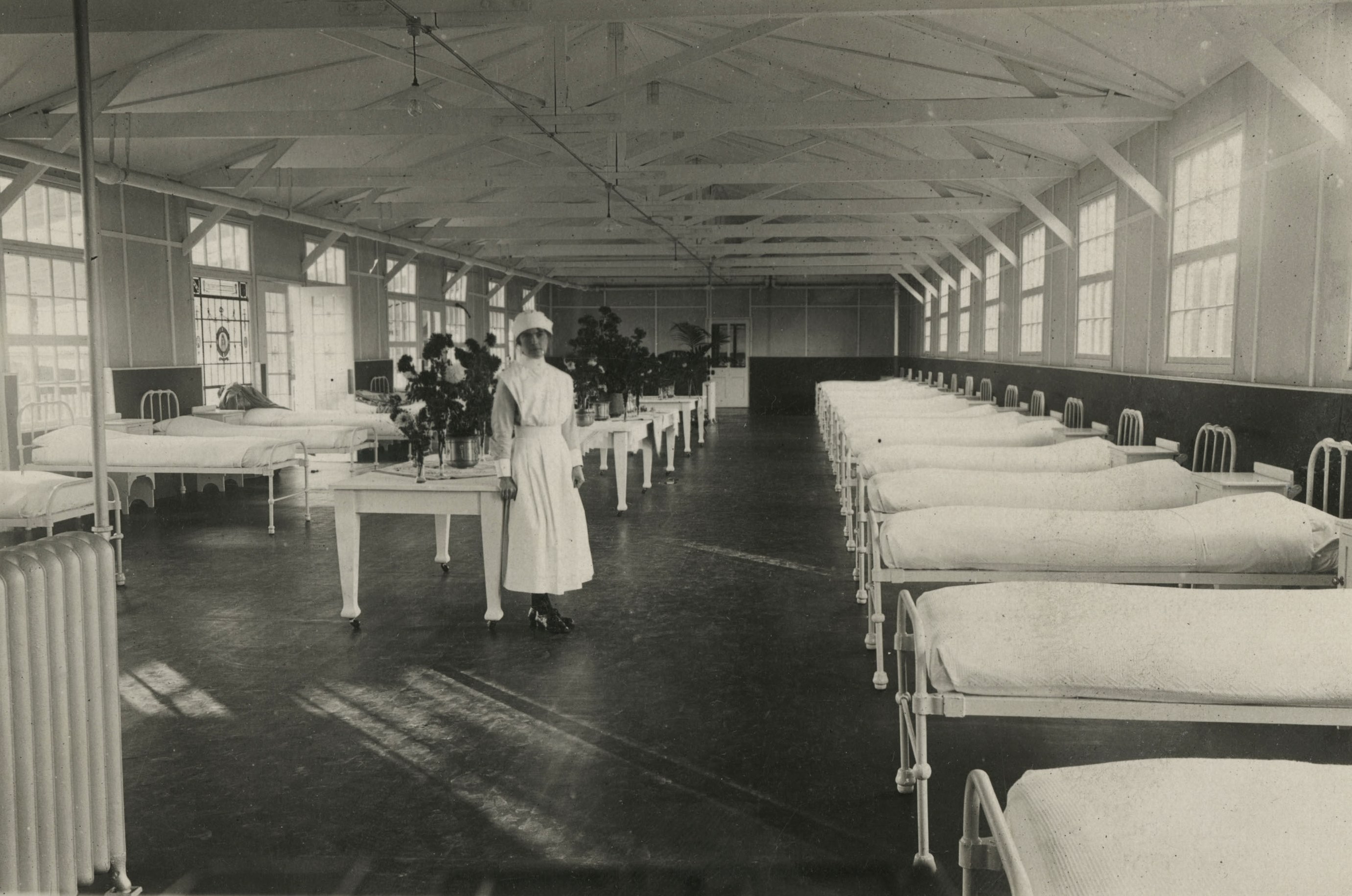
The new matron, S.M. Robson, continued to work at the sanatorium until 1914, during which time it seems that there were continued efforts to improve the conditions and the operation of the sanatorium. The following years saw a great many changes made to the sanatorium with several charitable donations leading to further extensions and a huge increase in the sanatorium’s capacity. With the expansion came the addition of new facilities such as the vita glass pavilion and the x-ray department. It seems that this along with the concerted efforts of the new matron meant that the sanatorium was able to grow into a successful and well-functioning hospital.


